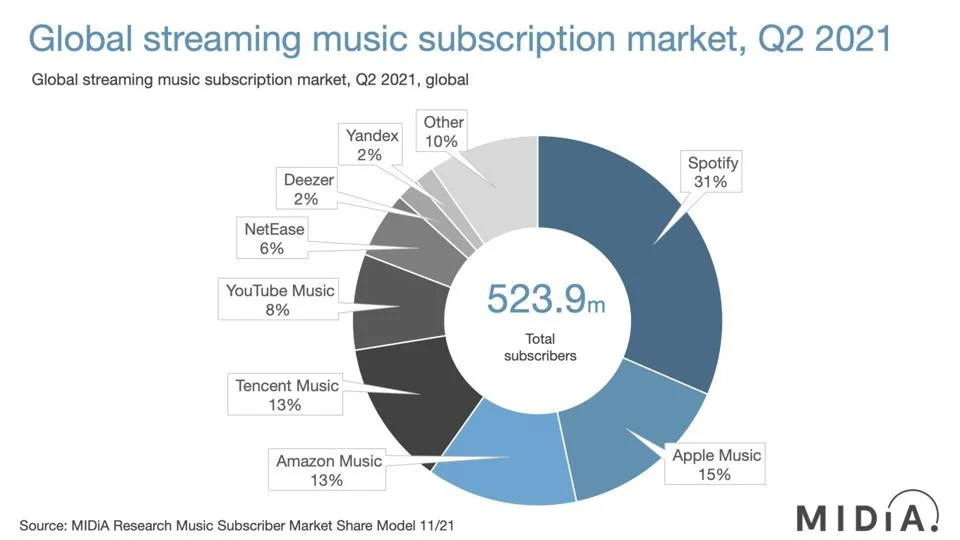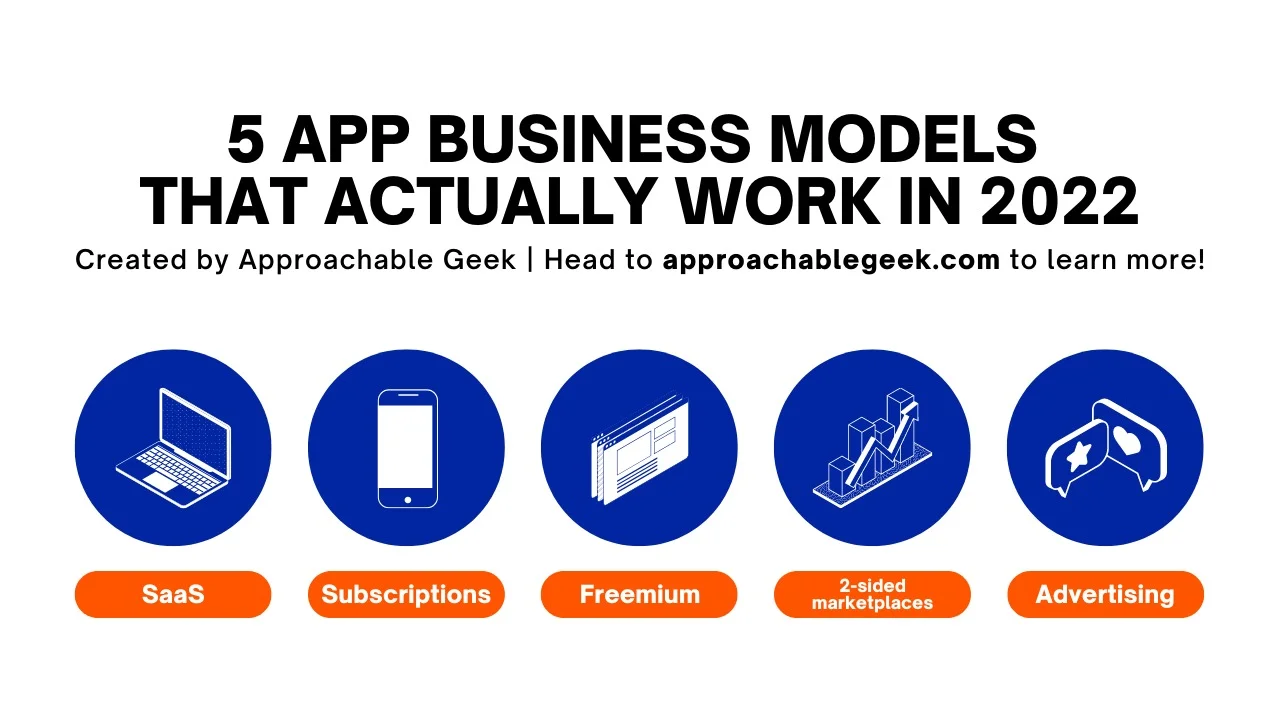5 App Business Models That Actually Work in 2022


Bruce Peck
Nov 07, 2022 · 7 min readWhy Your App’s Business Model Matters
It was Micheal Porter the transformative business strategist that said, “The essence of strategy is choosing what not to do.” And no where is that more true then when you are choosing a business model for your app.
The wrong business model even with the right app concept could be disastrous. For instance, does anyone remember MoviePass? It was definitely a business concept people loved… but…
The model did have a few issues (like there was no way for them to actually make money, just lose it.) And, at the time of this writing, they may end up in jail for it.

Or think if a company like Uber was set up in a way that instead of paying per ride, you just paid a $20 download fee?
On the opposite end of the spectrum are people who are doing it right, think about Quickbooks for instance.
They have you pay a subscription fee to access the software, then inside of the the app you can upgrade to get more services, you can take out a loan where they make interest on you, you can transfer money to your bank where they get a percentage of transactions and you can always pay them to have book keepers do your books for you etc.
That is an example of a beautiful marriage between a business model and a product that solves a real problem, and we’re hoping that this article can help you find the same kind of lasting relationship.
1. SAAS
SAAS stands for Software as a Service, and is one of the most compelling business models of all time. Essentially the idea is to identify a need that usually businesses have, build an application that solves that need and then sell it to a business via a subscription.
Many of the biggest companies of all time are either pure SAAS plays or have SAAS elements to their model. In this class are ones like: Gusto, HubSpot, Atlassian, Shopify, Mailchimp etc.
Let’s give an example of why this model works so well using Gusto. Gusto is an app that makes it easy to manage HR for you company. If you are a company of say 10 people and you need to manage the filing of taxes in multiple states,
It starts to become unmanageable, and to build an internal app to solve that problem would cost you $10’s of thousands of dollars to fix. Or, you could just let Gusto do it an order of magnitude better then you could and only pay them $200 a month.
It’s a no brainer for the customer and it is scalable, repeatable revenue for the SAAS company. That’s why you see these types of businesses popping up everywhere and printing money.
If you’d like to learn more about how to design your own SAAS app check out this article.
2. Subscriptions
This is the model that you are probably most familiar with. It is ubiquitous. From Apple Music to Netflix to Fitbod.
What these businesses use to make this happen is called economies of scale. Which means that as you increase production you save on costs. In the case of Netflix, they currently spend 17 billion dollars a year on creating their own original content.
Which is a huge sum that few upstarts could ever compete with, but in context of their subscriber base it makes perfect sense. They have more than 220 million subscribers paying something like $10 or more per month, which ends up giving them $29 billion a year in revenue.
Another reason subscriptions are amazing is that they are predictable revenue. Once you know how many subscribers you have, the price they pay and the churn rate, you can very easily see what your cashflow is going to be like in a month to a year.
And when that cashflow is going up and to the right it‘s a much easier sale to investors.
3. Freemium
The idea behind freemium is to give people basic or limited features to an app for free, and then charge them for premium features on the backend.
Spotify is one of the best examples of this. The way that they make money is by offering a free ad supported option and then an upgrade to go ad free.
The beauty of the free option is that it is a huge marketing boost. There’s nothing quiet like the word “free” and it’s mystical power to draw the masses.
This is reflected in the stable dominance Spotify has had in both total number of users that it has, but also with the total number of subscribers. Beating out the likes of Apple’s all subscription based platform.

4. Two sided marketplaces
Of all the app business models on this list, this is by far the trickiest one to master, but can be powerful if you make it to the other side of it. A two sided marketplace are apps where you have both a buyer and a seller.
Some classic examples of these are Groupon, Airbnb, EBay etc. The reason why they are so tricky is because they have the classic chicken and egg problem. For a company like Airbnb, who would want to go onto the site if there were no listings and if there were no people going onto the site, who would want to list?
Now there are ways around this of course (Airbnb famously hacked into Craigslist to jump start their listings) but anyone who has done it (and I have, read about the story of MutualDates here) will tell you that it is hard. But if it is hard for you, it will be even harder for the people that come after you and have less of a head start.
That’s why these can be such powerful and enduring businesses. To prove the point, can you name the second biggest internet auction site after EBay?
That’s what I thought.
5. Advertising
I’m going to stop you right there. Don’t think about those stupid little ads that appear on websites. That is a really hard business model to scale (Adsense pays you basically nothing per impression so you have to have hundreds of thousands of impressions to even start making money.)
What I’m talking about is a custom advertising solution. You still have to have a ton of ad impressions, but at least you control the cost per thousand impressions.
Since everything in advertising has to do with CPM, conversions, the audience type that you have, to run this model well you need to first have a product that attracts a lot of its users time.
That‘s why this model is so optimal for social networks like Facebook, YouTube, Instagram etc.
Once you are attracting a ton of your user’s attention and there is a lot of user activity growth, you can start to harvest the value of that by creating your own ads platform.
Conclusion
There you have it, 5 business models that may actually work to generate profit for your app.
